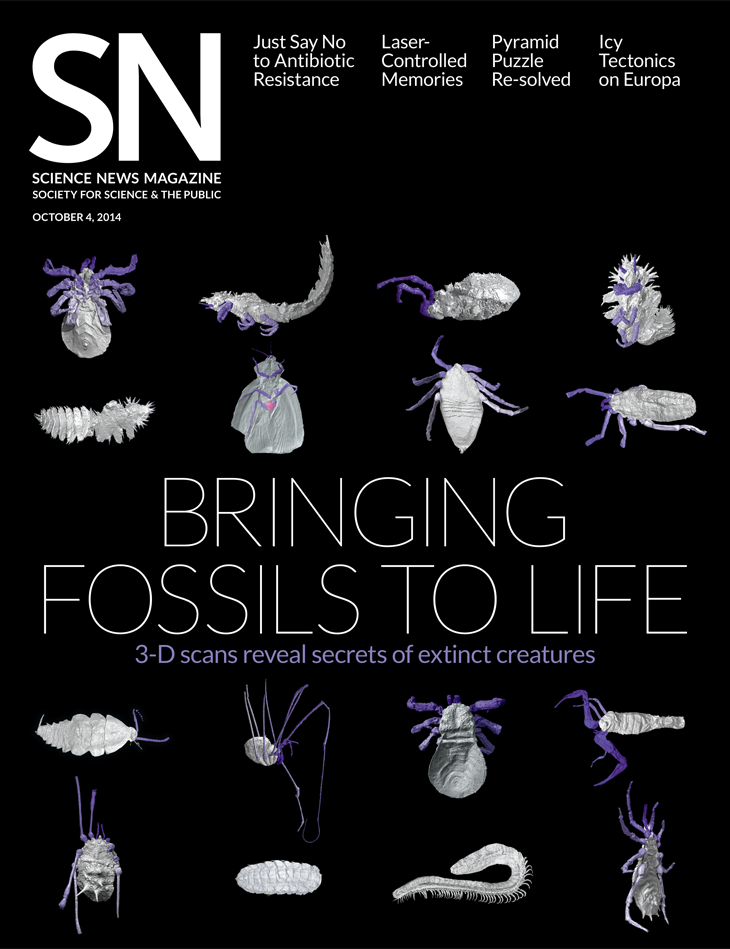Feedback
- More than 2 years ago
 The war on bacteria
The war on bacteria
Changing the way doctors prescribe antibiotics could make a big difference in the ongoing fight against antimicrobial resistance. In “Low-tech bacteria battle” (SN: 10/4/14, p. 22), Nathan Seppa outlined some of the simple steps physicians are taking to improve their antimicrobial stewardship.
“It just so happens that I was sitting in my elderly mother’s hospital room when I read your article and identified, one day before her doctors, that she had a Clostridium difficile infection,” wrote Karen Attaway in an e-mail.